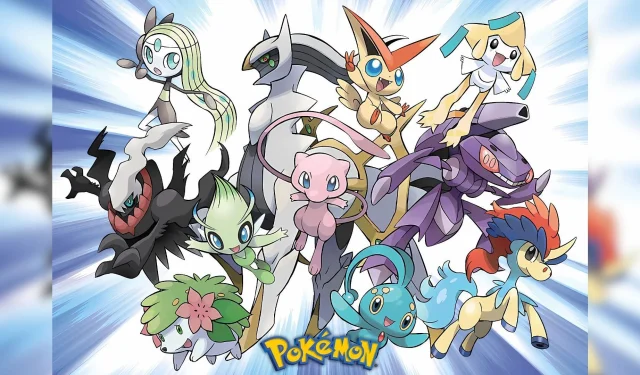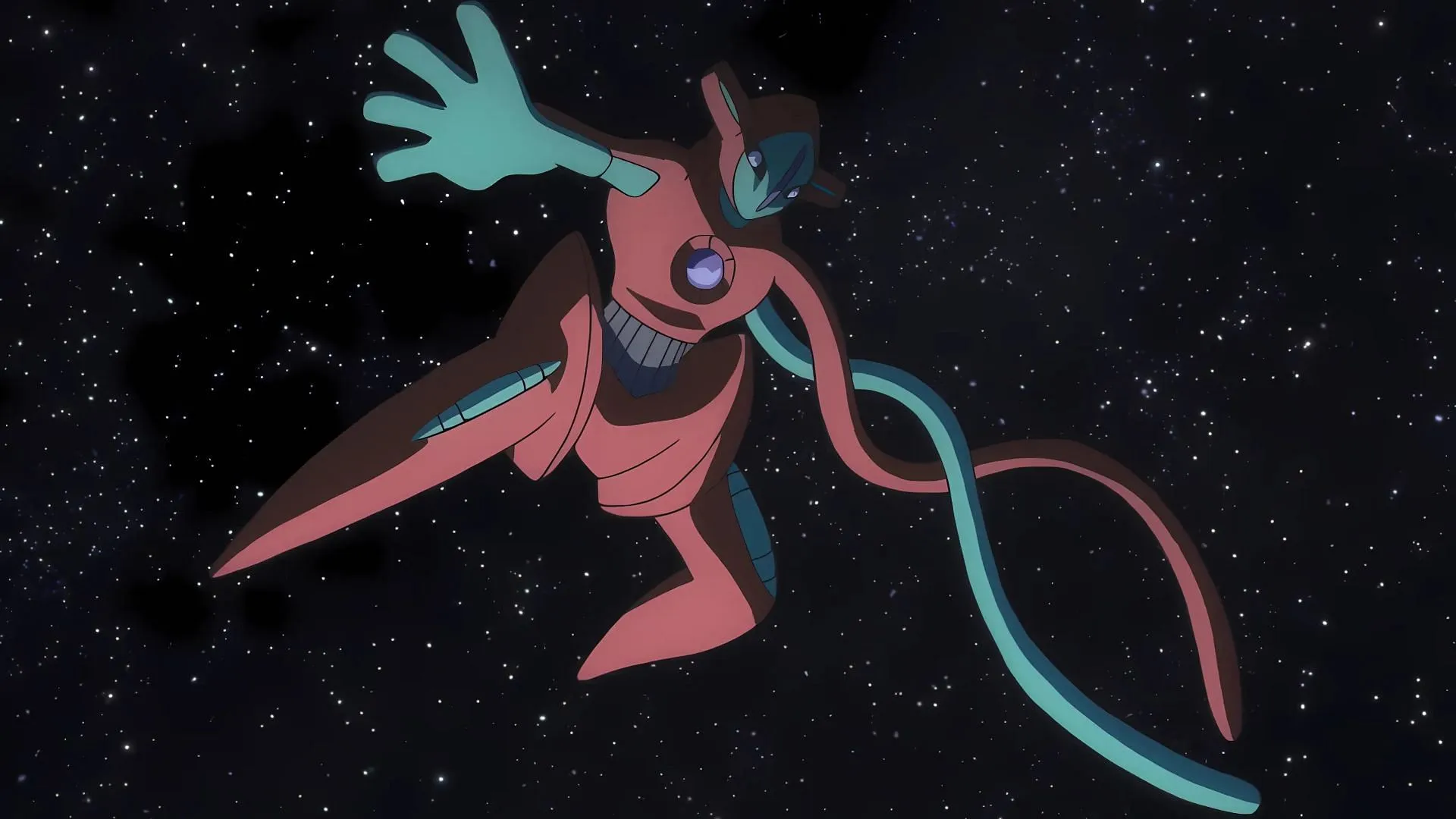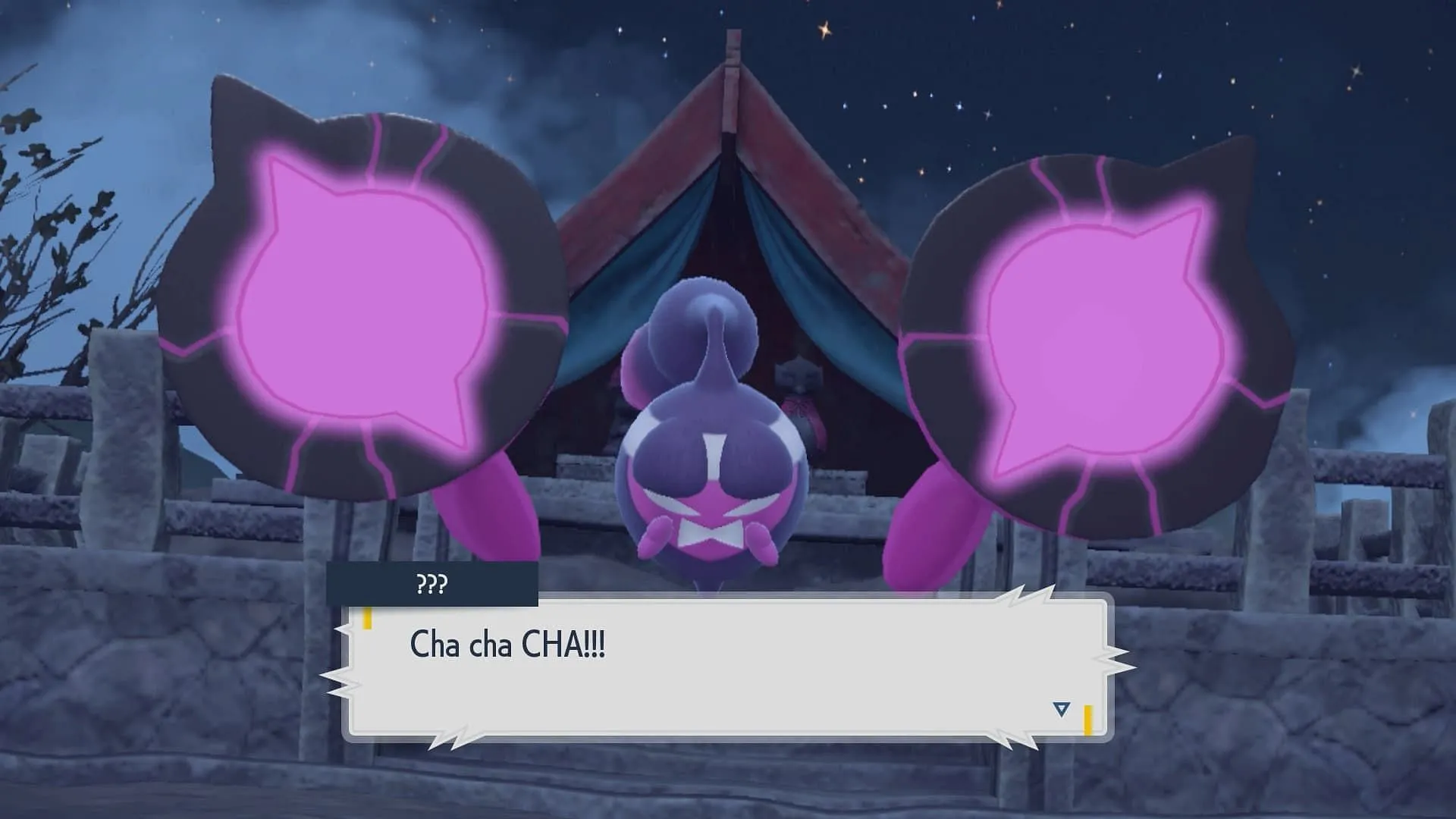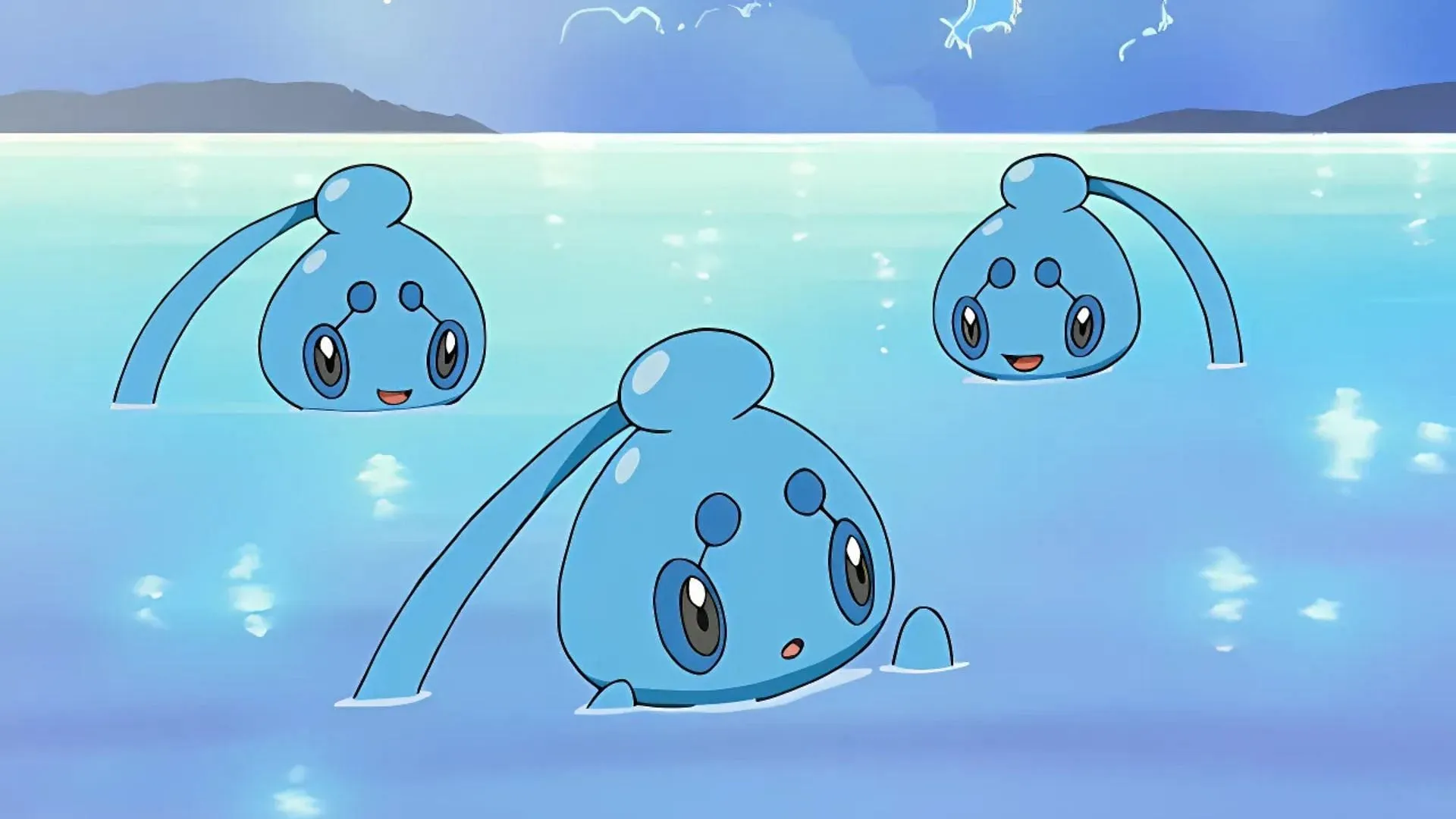
The captivating realm of Pokemon has intrigued enthusiasts for years, unveiling a variety of creatures that possess unique classifications. Among the points of misunderstanding even for seasoned fans is the distinction between “Mythical”and “Legendary”Pokemon. These terms are commonly misused interchangeably, resulting in amusing mix-ups and intense debates within the community.
Let’s delve into the nuances of these classifications and uncover why it’s crucial to differentiate them, akin to distinguishing between turtles and tortoises.
Understanding Legendary Pokemon

Legendary Pokemon are often regarded as the pinnacle of the Pokemon universe. These beings usually play a pivotal role in the overarching narrative of the games, with many players encountering them during significant milestones within the main storyline.
Consider Cresselia, who is part of the Lunar Duo and can be caught through normal gameplay in Diamond and Pearl. Their straightforward availability makes these Legendary figures fundamental components of the game’s framework.
Generally speaking, Legendaries carry profound tales associated with them, establishing them as renowned characters within their respective regions.
However, not every Legendary shares the same level of recognition. Iconic box Legendaries like Groudon, Kyogre, and Rayquaza possess distinct traits that elevate them to iconic status as colossal forces of nature or guardians of equilibrium. In essence, Legendary Pokemon are celebrated not just for their scarcity but also for their significant contributions to the game’s lore.
Mythical Pokemon: A Closer Look

In contrast, Mythical Pokemon represent a smaller, more elusive group within the broader Legendary category. To the casual observer, these Mythical beings may appear as an extension of Legendaries since they share similarities in rarity and power.
However, here’s where it gets complicated: Mythicals were traditionally accessible exclusively through real-world events. Often, these Pokemon were distributed during limited-time promotions, such as giveaways at cinemas or via exclusive codes, making them exceedingly rare. The original Mythical, Mew, established this benchmark.
For instance, Darkrai, another member of the Lunar Duo with Cresselia, could only be obtained via an event in Diamond and Pearl, underscoring its substantial narrative connection. Though hints of Mythicals exist within the lore, their existence remains known only to a select few throughout the Pokemon universe.
This key distinction is what sets Legendary apart from Mythical Pokemon: the latter are even more elusive, often known only to a handful of individuals within the lore.
Event-Based Availability

One of the most straightforward methods to differentiate Mythical Pokemon from Legendaries is by examining their acquisition. Historically, Mythical Pokemon were exclusively accessible through special events rather than standard gameplay. Whether through a movie-related promotion or an exclusive download code, acquiring a Mythical generally required being in the right place at the right time in reality.
However, this distinction has become less clear in recent years. Pokemon like Deoxys, once classified as Mythical, became available to catch in the post-game of Omega Ruby and Alpha Sapphire. Similarly, Mythicals like Arceus and Darkrai could be obtained in Pokemon Legends: Arceus without necessitating a special event.
Does this change imply that Deoxys or Darkrai cease to be Mythical? This has sparked passionate discussions among fans, but the prevailing opinion is that their Mythical classification endures despite their newfound availability.
This conversation underscores a significant point: while event exclusivity is a strong characteristic of Mythical beings, it’s no longer the sole defining trait. Nevertheless, it continues to be a crucial element of their identity.
Modern Interpretations of Mythicals

The launch of Pokemon Scarlet and Violet introduced another dimension to the definition of Mythicals. Take Petcharunt, classified as Mythical yet catchable within the main storyline of the DLC. Although its classification remains “Mythical”in the game’s coding, it does not conform to the event-exclusive standard, reflecting a shift in how Mythicals are portrayed in modern games.
This change is grounded in lore. In the world of Scarlet and Violet, virtually no one is aware of Petcharunt, solidifying its status as a genuine Mythical. In contrast, the Legendary Loyal Three and Ogerpon are recognized as local legends in Kitakami. The catchability of Petcharunt does not diminish its uniqueness; it simply lessens the reliance on external event distributions.
Phione: A Mythical Mystery

One of the most contentious figures in this classification quagmire is Phione. It hatches from an egg laid by Manaphy, a Mythical Pokemon, but the classification of Phione itself has been unclear. Some official sources do not designate it as Legendary or Mythical, while others do.
The HeartGold and SoulSilver strategy guide claims Phione is not Legendary owing to its origins from an egg, yet entries in Pokemon Mystery Dungeon assign it special items reserved for Mythical or Legendary beings.
To further complicate issues, Pokemon Home initially permitted the trading of Phione (which Mythicals typically cannot do) but later imposed trading restrictions, amplifying the ambiguity.
Because of such discrepancies, certain fans have used terms like “Pseudo-Mythical” to articulate Phione’s ambiguous position in the franchise. Regardless of its designation, the ongoing debate about Phione exemplifies how enthusiasts cherish exploring these classifications.
Why Distinctions Matter

Ultimately, the differentiation between Mythical and Legendary Pokemon might seem like a trivial matter. For the casual player, they are all formidable, scarce, and often integral to the lore of the Pokemon universe.
However, for dedicated fans, these nuances enhance the enjoyment, adding layers of complexity and richness to a cherished franchise.
As future games continue to blur the lines between these classifications, such discussions are likely to persist. For now, remember: all Mythicals are a subset of Legendaries, but not all Legendaries qualify as Mythical.
Much like the turtles versus tortoises analogy, grasping the finer points of Pokemon lore is an engaging adventure — and an enjoyable one at that.




Leave a Reply